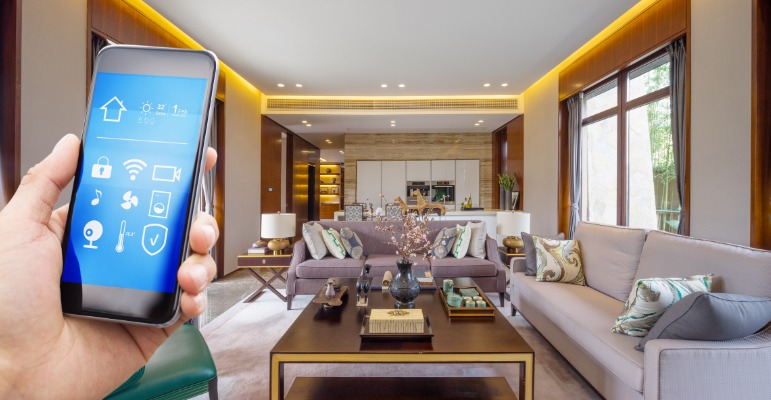Smart home technology has evolved from a futuristic concept to an accessible reality that’s transforming how we live, work, and interact with our living spaces. More homeowners are discovering that smart home solutions offer far more than just convenience—they provide a pathway to energy savings, enhanced security, and a truly personalized living experience.
The appeal of connected homes continues to grow as technology becomes more affordable and user-friendly. What once required extensive technical knowledge can now be set up by anyone willing to spend a weekend upgrading their home. The question isn’t whether smart home integration is worth it, but rather how quickly you can start experiencing its benefits.
Benefits of Smart Home Integration
Energy Efficiency and Cost Savings
Smart home solutions excel at reducing energy consumption through intelligent automation. Smart thermostats learn your schedule and preferences, automatically adjusting temperature settings when you’re away or asleep. This can lead to significant reductions in heating and cooling costs throughout the year.
Smart lighting systems dim or turn off lights in unoccupied rooms, while smart plugs can eliminate phantom power draw from electronics in standby mode. These small changes accumulate into meaningful savings on monthly utility bills.
Enhanced Security Features
Modern smart security systems provide peace of mind through real-time monitoring and instant alerts. Smart cameras allow you to check on your home from anywhere, while smart locks enable you to grant access to visitors without being physically present.
Motion sensors can trigger lights and cameras when unusual activity is detected, creating a comprehensive security network that works around the clock. The ability to monitor and control these systems remotely means you’re always connected to your home’s safety.
Convenience and Automation
The true magic of smart home integration lies in automation that adapts to your lifestyle. Voice commands can control multiple devices simultaneously, while programmed routines can orchestrate entire sequences of actions with a single trigger.
Morning routines might gradually brighten lights, adjust the thermostat, and start your coffee maker. Evening routines can lock doors, arm security systems, and set the perfect ambiance for relaxation. This level of automation transforms daily tasks into effortless experiences.
Personalization and Customization
Smart home solutions learn from your habits and preferences, creating a living environment that truly reflects your needs. Lighting can automatically adjust color temperature throughout the day to support your natural circadian rhythms, while entertainment systems can suggest content based on your viewing history.
Key Components of a Smart Home
Smart Lighting Systems
Smart bulbs and switches form the foundation of most smart home setups. These systems offer dimming capabilities, color changing options, and scheduling features that can simulate occupancy when you’re away. Integration with motion sensors creates responsive lighting that follows your movement through the house.
Smart Thermostats and Climate Control
Intelligent climate control systems learn your schedule and preferences while providing detailed energy usage reports. Many models offer geofencing capabilities that automatically adjust temperature settings based on your location, ensuring optimal comfort when you arrive home.
Smart Security Systems
Comprehensive security solutions include door and window sensors, indoor and outdoor cameras, smart locks, and alarm systems. These components work together to create layers of protection while providing convenient remote monitoring capabilities.
Smart Entertainment Systems
Connected entertainment hubs can integrate streaming services, music systems, and gaming consoles into unified experiences. Voice control and smartphone apps make it easy to manage content across multiple rooms and devices.
Getting Started with Smart Home Integration
Assess Your Needs and Priorities
Begin by identifying which aspects of your home life would benefit most from automation. Consider your daily routines, energy usage patterns, and security concerns. This assessment will help you prioritize which smart home solutions to implement first.
Research Compatible Devices and Platforms
Choose devices that work well together within a unified ecosystem. Popular platforms offer extensive compatibility, but it’s important to verify that your selected devices can communicate effectively with each other.
Consider Professional Installation vs. DIY Setup
Many smart home devices are designed for easy self-installation, complete with step-by-step instructions and video tutorials. However, complex systems involving electrical work or whole-home integration may benefit from professional installation to ensure optimal performance and safety.
Conclusion
Smart home integration represents more than technological advancement—it’s a fundamental shift toward more efficient, secure, and comfortable living. The convenience of automated systems, combined with the peace of mind that comes from enhanced security and energy efficiency, creates value that extends far beyond the initial investment.


